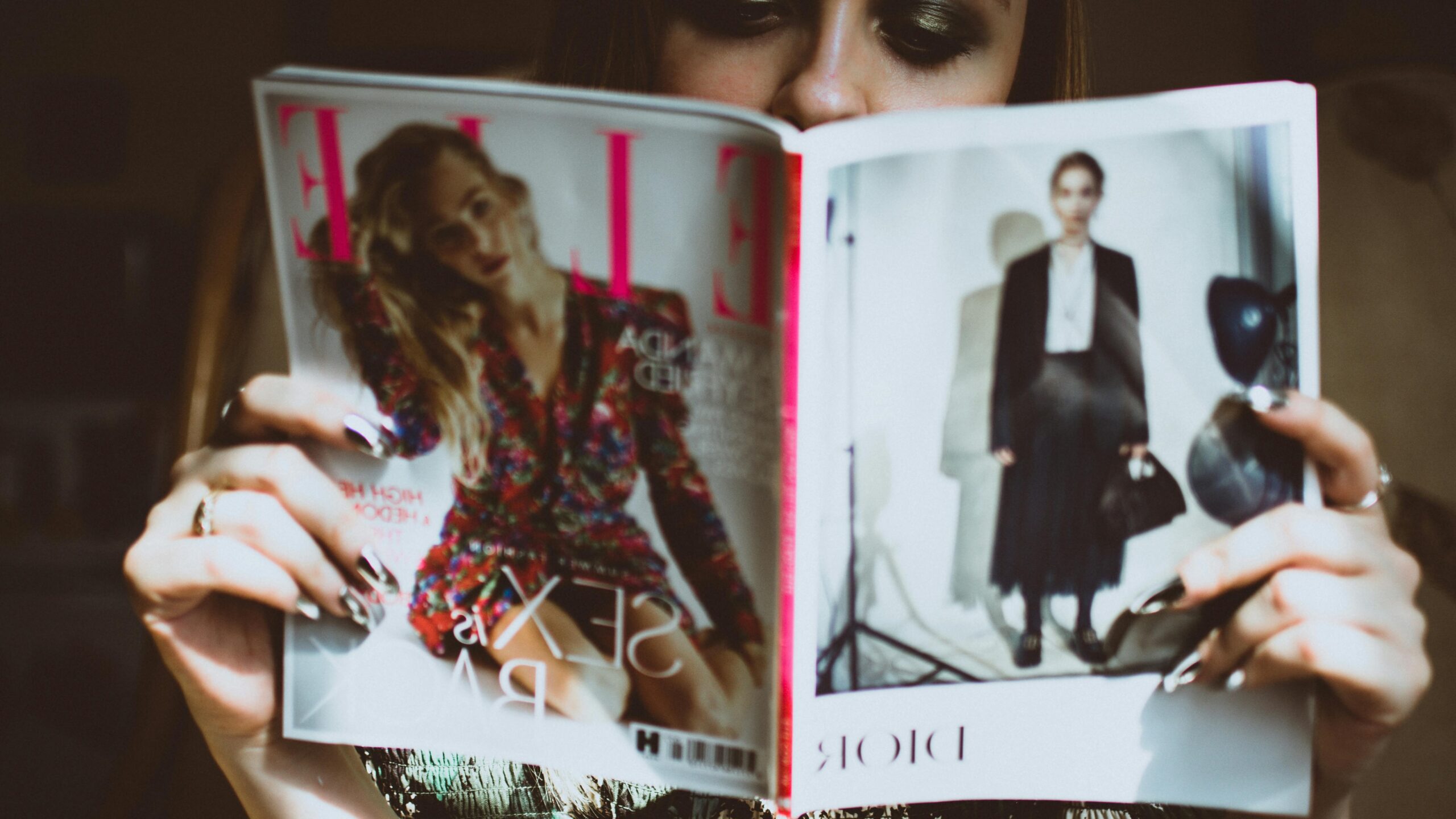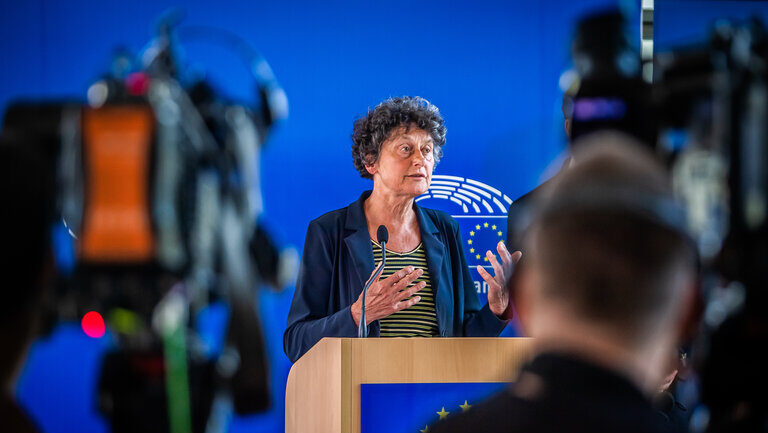The National Media and Infocommunications Authority (NMHH) has investigated the impact of media, including tabloids and women’s magazines, on women’s body image. According to a statement issued by the NMHH on Tuesday, this influence is particularly pronounced in the context of New Year’s resolutions, where many women aspire to lose weight in preparation for summer.
The analysis revealed that media outlets frequently promote unattainable beauty standards, urging readers—even those with healthy body types—to pursue diets and exercise regimes. The imagery accompanying these articles often depicts slim, bikini-clad models, reinforcing the idea that a perfect body is a prerequisite for summer.
This narrative, prevalent in magazines and tabloids from early in the year, tends to focus on quick-fix solutions for weight loss. Popular themes include extreme diets and workout routines, typically showcased with significant success stories of individuals losing between 20 and 50 kilograms.
The study also identified two prominently promoted weight-loss methods: fat-burning drinks, such as teas and smoothies claiming to help shed up to 39 kilograms, and intermittent fasting. Articles promoting these approaches often overshadow those advocating balanced, healthy eating habits.
The NMHH’s research, based on publications from eight widely read online women’s magazines in May and June last year, revealed that nearly half the featured images portrayed fit, model-like women. Approximately 46 per cent of the images depicted women with a normal body type, while only 7 per cent included overweight individuals.
This stark contrast is troubling when juxtaposed with data from Hungary’s Central Statistical Office (KSH), which states that 96 per cent of Hungarian women fall into the average or overweight category.
‘Many women compare themselves to the often unrealistic and heavily curated body ideals portrayed in the press’
The NMHH emphasized that media plays a crucial role in shaping societal expectations. As a result, many women compare themselves to the often unrealistic and heavily curated body ideals portrayed in the press. Even women with healthy body mass indexes may feel dissatisfied with their appearance due to these influences.
Furthermore, the authority warned readers to approach media-promoted diets and body-shaping methods with caution. Most articles fail to offer tailored advice based on individual needs, health conditions, or body types, often serving as thinly veiled advertisements for specific products.
‘It is important for readers to recognize that these diets and methods are not personalized and frequently lack professional recommendations,’ the NMHH cautioned. ‘Many articles omit crucial details about who might benefit from or avoid these practices.’
As the summer body narrative continues to dominate headlines, the NMHH’s findings underscore the importance of promoting realistic and healthy body image standards. By fostering media literacy and encouraging skepticism towards sensationalized health claims, readers can better navigate the pressure-laden world of women’s magazines.
Related articles:








